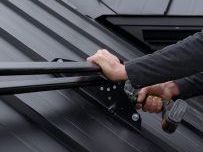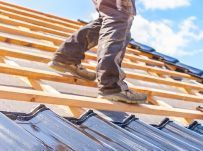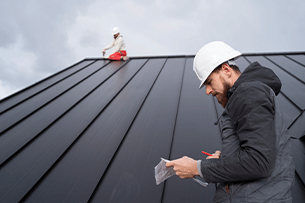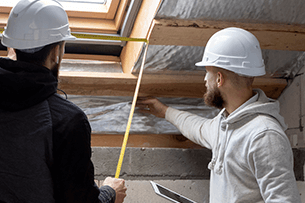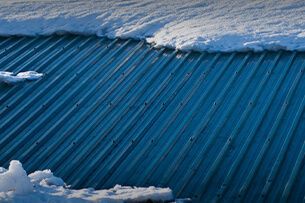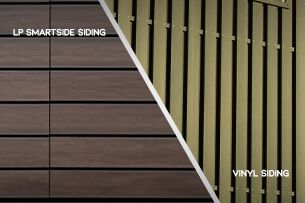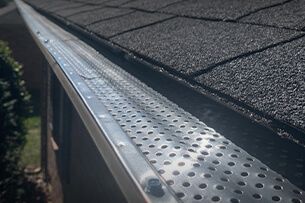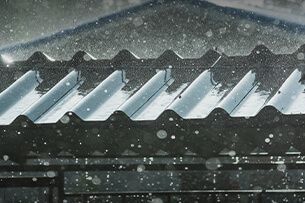Storm Damage - Hail, Wind and Water Damage
How Can Storms Damage My Roof?
Wind Damage:
- Peeling or cracked shingles are at a major risk of being lost in the wind once the speeds exceed 60 miles per hour.
- With brand new roofs, it is common to notice some granule loss. The characteristic horizontal loss of granules can typically be seen after a storm. This indicates the loss of the shingle seal. As the shingles flap in the wind and come in contact with other surfaces, granules tend to rub off.
- Water leaks through roofs into the attic are one of the first and most prominent signs of wind damage during storms. With the roof integrity being compromised because of the loss of granules and shingles, it allows water to leak into the roof. Attics must be searched for any moisture leaks and to avoid harmful mold or mildew in the future. Subsequently, the affected surfaces and insulation can be replaced.
Water Damage:
- Water damage can happen due to standing moisture that has pooled on the roof or because of torrential rains. Mold, light shining through the beams, sagging areas in the roof, wet stains and exposed seams and slow leaks are signs of water pooling, especially in the attic. Flashing light in areas of water pooling is advised to check for leaks.
- Structurally sound roofs are sturdy, straight standing structures. Cracks in the ceiling, a sagging ceiling, crooked or bowing ceilings are all signs of water damage to the roof. Leaky roofs are an indication of deep-rooted storm damage. After safely locating the source of the damage, it is important to call experienced roofers who can then proceed to resolve the issues in the roof.
- Other common signs of water damage are clogged rain gutters, rotting wood or peeling paint around skylights, cracked chimney and water stains or mold around the chimney.
Hail and Snow Damage:
- Missing shingles, or shingles with cracks are typically signs of hail damage. Often, shingles made of different materials react differently when struck by hail. It is important to understand and identify these differences for timely inspection followed by roof repair.
- Clogged gutters must be promptly cleaned out after a storm. Broken or clogged gutters and downspouts can further lead to water damage. Water draining directly into the foot of the building can cause corrosion of the foundation, making the structure unsafe.

